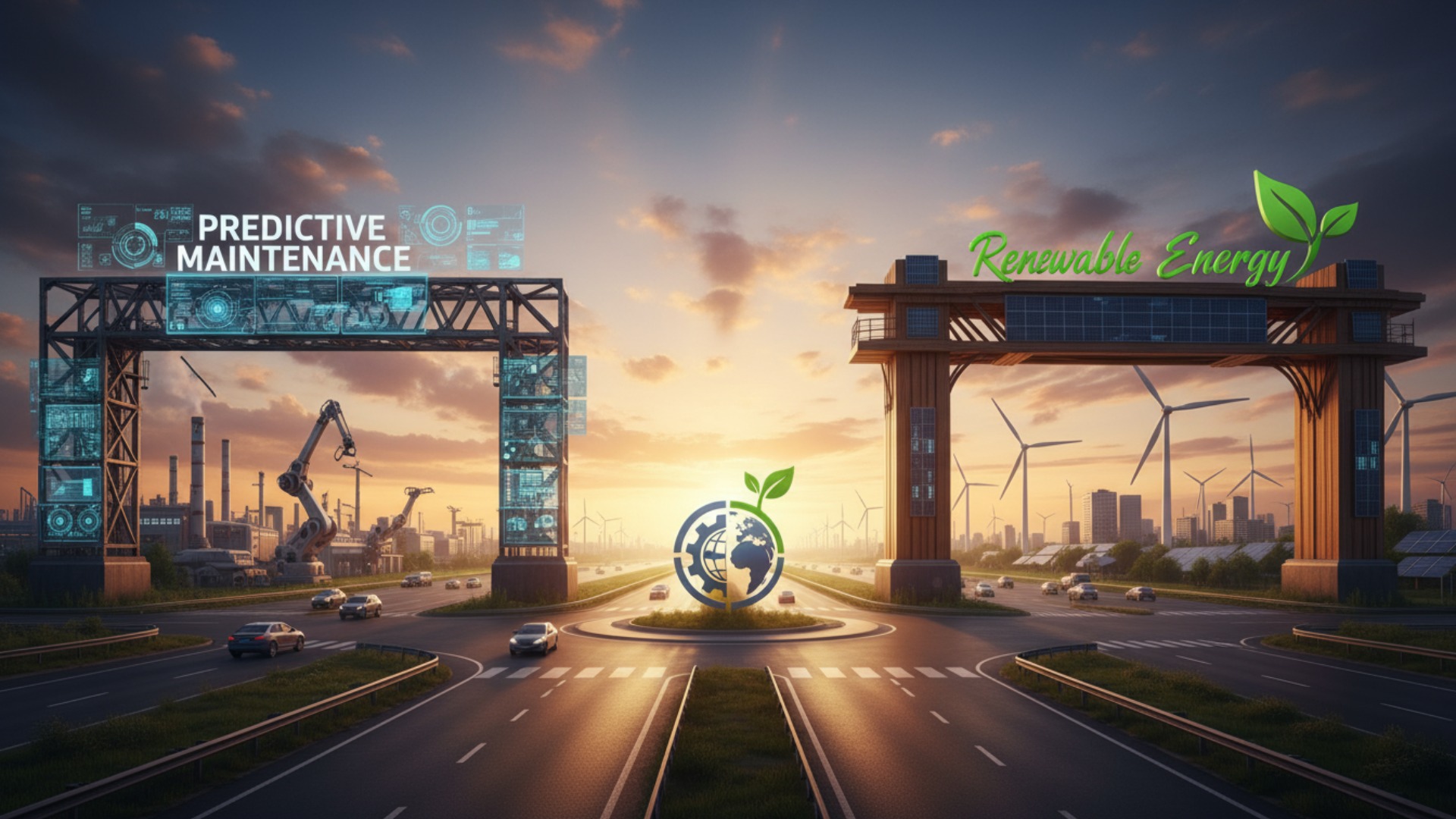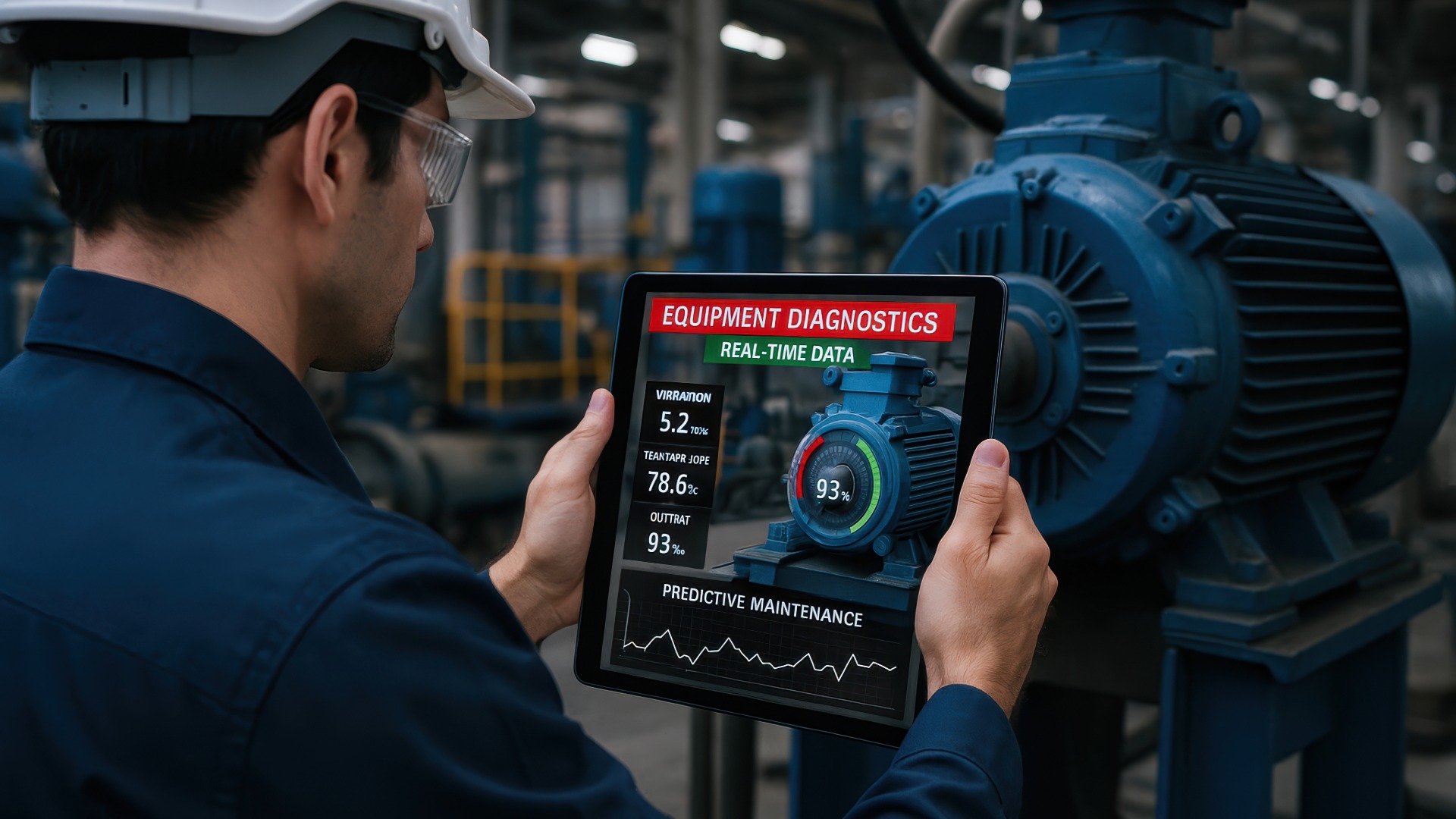Renewable energy procurement remains a major focus for organizations seeking clean, cost-effective power sources. Yet maintaining reliability within renewable energy systems presents a critical challenge. Fluctuations in resources like wind and sunlight, combined with equipment complexity, can lead to unexpected downtime and costly repairs. These disruptions make it difficult to predict energy availability and complicate procurement strategies and financial planning.
Predictive maintenance offers a data-driven solution by continuously monitoring renewable energy assets such as wind turbines and solar panels. Advanced sensors collect real-time operational data, and predictive maintenance platforms analyze patterns to identify early signs of wear or potential failure. This proactive approach allows organizations to address issues before they cause interruptions, minimizing unplanned outages that impact energy supply reliability.
Integrating predictive maintenance insights into renewable energy procurement strategies helps decision-makers gain clearer visibility into asset performance and system health. This supports more accurate forecasting of available energy and cost stability, reducing financial risk. The ongoing data analysis enhances operational efficiency and extends the useful life of renewable assets, contributing to short-term savings and long-term value within an organization’s energy portfolio. Ultimately, predictive maintenance forms a foundational element for organizations committed to sustainable, reliable energy procurement.
Understanding predictive maintenance in renewable energy
Predictive maintenance maintains consistent performance and operational reliability by using real-time sensor data, advanced analytics, and machine learning to forecast equipment failures before they happen. Unlike preventive maintenance, which relies on scheduled inspections regardless of equipment condition, or reactive maintenance, which addresses issues after failure occurs, predictive maintenance assesses equipment health continuously.
Sensors embedded in wind turbines, solar panels, and other assets collect data on parameters like vibration, temperature, and pressure. Machine learning algorithms analyze this information to identify early signs of wear or malfunction, enabling operators to plan repairs proactively.
Implementing predictive maintenance enhances asset reliability by preventing unexpected outages, extends the lifespan of renewable energy assets through timely interventions that reduce stress and deterioration, and improves operational efficiency by optimizing maintenance activities based on actual equipment needs rather than fixed schedules. As a result, organizations investing in predictive maintenance support their renewable energy procurement goals with more predictable, cost-effective, and resilient energy systems.
Benefits of Predictive Maintenance for Long-Term Energy Reliability
Predictive maintenance plays a critical role in supporting renewable energy procurement by improving asset reliability and performance. One key advantage is the reduction of unplanned downtime. By detecting early signs of wear or malfunctions before costly breakdowns occur, predictive maintenance helps maintain a continuous energy supply and protects budget stability.
Optimizing energy output and system performance is another significant benefit. Continuous monitoring of equipment such as wind turbines and solar panels allows operators to fine-tune performance and address minor issues promptly, preventing performance degradation and maximizing energy production.
Extending asset lifespan is a vital outcome of predictive maintenance. Timely maintenance reduces stress on components and helps avoid premature failures, increasing return on investment by spreading capital costs over a longer service life.
Finally, predictive maintenance supports sustainability and regulatory compliance. Reliable and efficient renewable energy systems reduce waste and emissions, while some regulatory frameworks encourage proactive maintenance practices that align with environmental goals. Together, these benefits make predictive maintenance an essential tool for organizations committed to strategic renewable energy procurement.

The intersection of predictive maintenance and renewable energy procurement
Predictive maintenance generates valuable insights that improve renewable energy procurement decisions. Data collected from equipment sensors provides a clear picture of asset health, which helps estimate the availability and performance of renewable energy resources. This information supports more accurate forecasting of energy production, essential for securing reliable supply contracts and managing procurement risks.
Maintenance data reveals patterns that affect short- and long-term energy costs. Organizations can use these insights to predict potential disruptions and adjust procurement strategies to reduce price volatility. Aligning predictive maintenance with energy procurement creates a feedback loop where operational reliability supports financial stability, allowing executives to plan budgets with greater confidence.
Predictive maintenance and risk management
Predictive maintenance contributes to risk management by identifying vulnerabilities in energy systems early. This proactive approach helps optimize procurement portfolios by balancing costs with asset performance, supporting strategic decision-making focused on sustainable growth, consistent energy supply, and cost control within renewable energy procurement frameworks.
Overcoming predictive maintenance implementation challenges
Implementing predictive maintenance within renewable energy procurement offers significant advantages but also presents notable challenges. Organizations face obstacles ranging from substantial upfront investments in technology and expertise to the complexities of integrating vast data streams from diverse sources. Sensor accuracy and data quality directly influence predictive model performance, while shifting an organization’s maintenance culture to embrace data-driven approaches demands effective change management.
Initial Investments in Technology and Expertise
One significant challenge involves the upfront investment required. Installing IoT sensors, building data infrastructure, and acquiring advanced analytics software demand substantial budgets. Organizations must balance these initial costs with anticipated long-term savings, often requiring detailed financial justification.
Additionally, hiring or training staff with skills in data science, machine learning, and renewable energy systems adds another layer of expense and complexity. These investments can present barriers for organizations with limited resources or those new to predictive maintenance technology.
Data Integration Complexities and Sensor Accuracy
Integrating diverse data sources from multiple sensors and existing systems presents another obstacle. Collecting high-quality, consistent data is essential for accurate predictions, but sensor malfunctions, data gaps, or errors can undermine reliability. Handling vast amounts of real-time data requires robust storage and processing capabilities. Errors in data collection or transmission may lead to incorrect maintenance alerts, increasing operational risk. Data accuracy and seamless integration across platforms require careful planning and continuous monitoring.
Organizational Change Management and Workflow Adaptation
Transitioning to predictive maintenance involves changes to established workflows and roles. Employees accustomed to traditional maintenance practices may resist adopting automated, data-driven methods. Management must address concerns and provide training to foster acceptance. Adjusting operational processes to incorporate predictive insights requires collaboration across departments such as finance, operations, and IT. Effective change management is crucial for embedding predictive maintenance into an organization’s culture and sustaining its benefits within renewable energy procurement strategies.
Drive long-term success with predictive maintenance
Predictive maintenance brings significant strategic value to renewable energy procurement by enhancing asset reliability and reducing operational costs. It helps organizations anticipate equipment issues, allowing for timely maintenance before failures occur. This approach decreases unplanned downtime, supports consistent energy supply, and improves budget predictability. Extended asset lifespan directly contributes to healthier financial performance and maximizes return on investment within procurement strategies. Predictive maintenance also aligns with sustainability initiatives, helping organizations meet regulatory requirements while maintaining operational efficiency.
Organizations focused on renewable energy procurement need comprehensive maintenance approaches driven by data and analytics. Kb3 Advisors offers expert guidance and tailored strategies that integrate predictive maintenance with procurement plans to unlock long-term reliability and cost savings. Partnering with our team helps you balance financial goals with operational demands and secure a more predictable energy future for your renewable energy procurement. Contact us today to strengthen your renewable energy procurement approach.
Sources
- AI-Driven Predictive Maintenance for Energy Infrastructure. ideas.repec.org. Accessed October 14, 2025.
- Predictive Maintenance In Renewable Energy Systems… iosrjournals.org. Accessed October 14, 2025.
- A Literature Review Framework and Open Research Challenges for Predictive Maintenance in Industry 4.0. sciencedirect.com. Accessed October 14, 2025.


